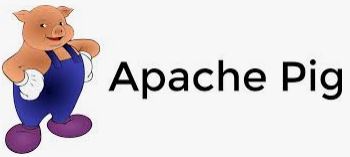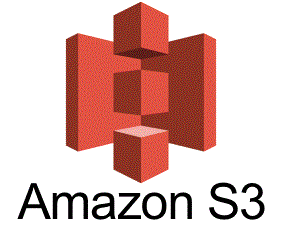6. What’s a random forest?
Random Forests are a powerful, yet relatively simple, data mining and machine learning technique, allowing quick and automatic identification of relevant information from extremely large data sets. With such a stool the information can be extracted, without the need to manually trawl through it
7. What is collaborative filtering?
Collaborative filtering filters information by using the interactions and data collected by the system from other users. It’s based on the idea that people who agreed in their evaluation of certain items are likely to agree again in the future. Most collaborative filtering systems apply the so-called similarity index-based technique. In the neighborhood-based approach, a number of users are selected based on their similarity to the active user.
8. What’s a hash table in AI?
A hash table is a type of data structure that stores key-value pairs. The key is sent to a hash function that performs arithmetic operations on it. The result (commonly called the hash value or hash) is the index of the key-value pair in the hash table.
9. How can we resizing the hash table ?
The size of the hash table can be increased in order to spread the hash entries further apart. A threshold value signifies the percentage of the hash table that needs to be occupied before resizing. A hash table with a threshold of 0.6 would resize when 60% of the space is occupied. As a convention, the size of the hashtable is doubled. This can be memory intensive.
10. What’s an eigenvalue?
Eigenvalues are a special set of scalars associated with a linear system of equations (i.e., a matrix equation) that are sometimes also known as characteristic roots, characteristic values, proper values, or latent roots.












